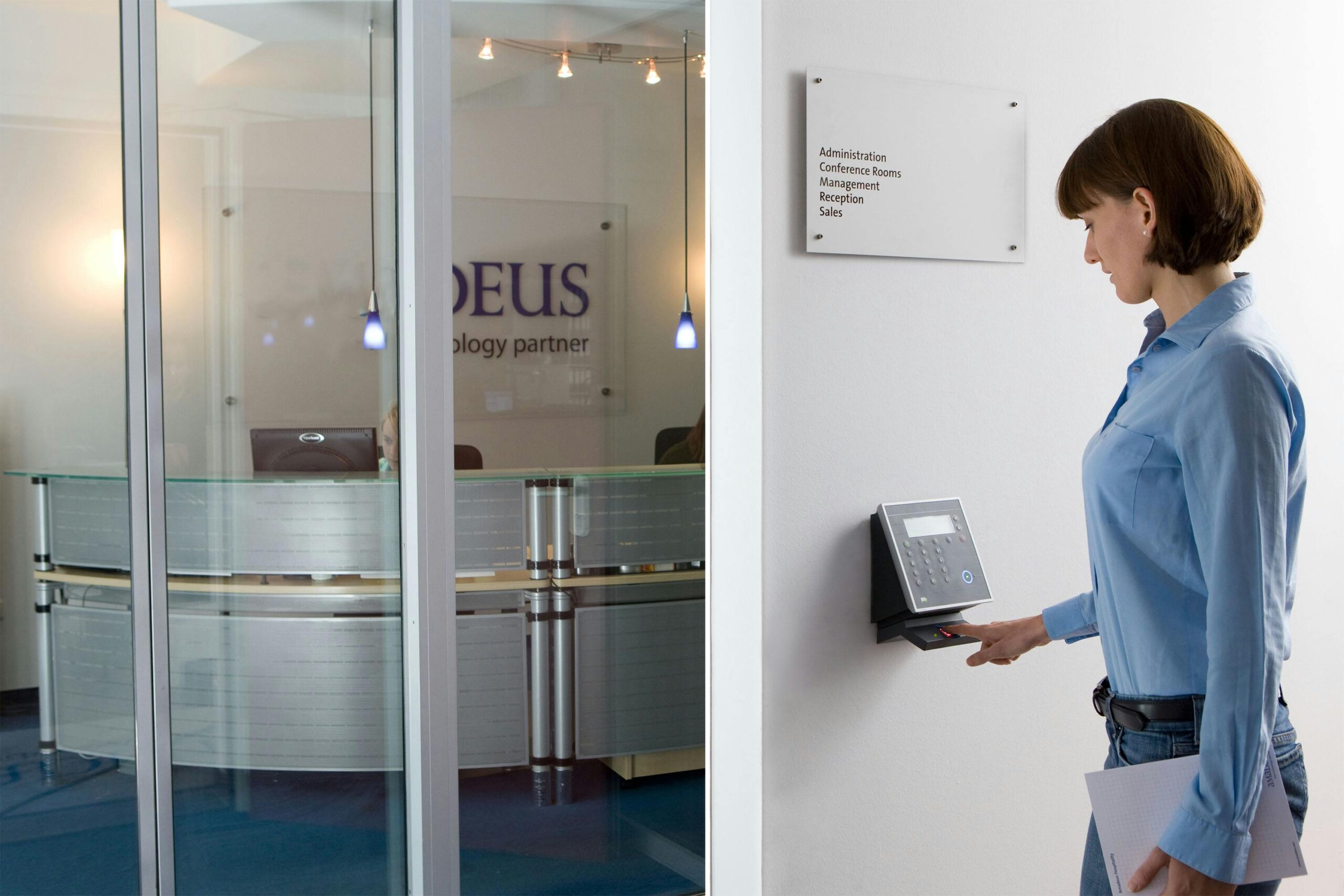As New York City continues to evolve, so does the security landscape for office buildings. With advances in technology, shifting workforce dynamics, and heightened concerns over both cyber and physical threats, building owners and property managers must stay ahead of the curve. In 2025, several key trends are shaping the way NYC office buildings approach security. Here’s what to expect in the coming year:
AI-Driven Surveillance and Threat Detection
Artificial intelligence (AI) is revolutionizing building security by enhancing surveillance and threat detection capabilities. AI-powered cameras and monitoring systems can analyze video footage in real time, identifying suspicious behavior and potential security threats faster than human operators. Facial recognition, anomaly detection, and predictive analytics allow for proactive threat mitigation, reducing response times and improving overall safety.
Biometric Access Control
Traditional keycards and access codes are gradually being replaced by biometric authentication methods such as fingerprint scanning, facial recognition, and iris scanning. These technologies provide a higher level of security by ensuring that only authorized personnel can access sensitive areas. Additionally, biometric access control reduces the risk of lost or stolen credentials, streamlining security management for building owners.
Smart Building Integration
Modern NYC office buildings are increasingly integrating security systems with smart building technology. By connecting surveillance cameras, access control, and alarm systems to a centralized platform, property managers can monitor and respond to incidents more efficiently. Smart sensors and IoT (Internet of Things) devices also enhance security by detecting unauthorized entry, environmental hazards, and suspicious activity in real-time.
Cybersecurity for Physical Security Systems
With security systems becoming more interconnected, cybersecurity has become a top priority. Hackers have targeted building automation systems, access controls, and surveillance networks, highlighting the need for robust cybersecurity measures. In 2025, office buildings will be implementing stronger encryption protocols, multi-factor authentication, and AI-driven cybersecurity solutions to protect both physical and digital assets.
Touchless and Contactless Security Solutions
The COVID-19 pandemic accelerated the adoption of touchless security solutions, and this trend continues to thrive in 2025. From mobile-based access credentials to voice-activated security checkpoints, office buildings are prioritizing hygiene and convenience without compromising security. Touchless technology also integrates seamlessly with biometric authentication, creating a frictionless experience for employees and visitors.
Enhanced Visitor Management Systems
Office buildings in NYC are implementing more sophisticated visitor management systems to enhance security while improving the guest experience. Pre-registration portals, QR code-based check-ins, and AI-driven identity verification ensure that only authorized visitors gain entry. These systems help reduce wait times, streamline access, and maintain comprehensive visitor logs for security audits.
Drone Surveillance for Perimeter Security
Drones are becoming an integral part of building security, especially for high-rise office complexes with expansive perimeters. Security teams are deploying drones equipped with high-resolution cameras, thermal imaging, and AI-based monitoring to patrol rooftops, parking lots, and building exteriors. These aerial surveillance tools provide real-time situational awareness and assist in incident response.
Emergency Preparedness and Crisis Response Enhancements
With the rise in natural disasters, cyberattacks, and other emergencies, NYC office buildings are focusing on comprehensive crisis response plans. Advanced mass notification systems, AI-driven emergency alerts, and digital twin technology (which creates real-time simulations of buildings for emergency planning) are being widely adopted. Security teams are also conducting more frequent drills and leveraging predictive analytics to anticipate potential threats.
Integration of Private and Public Security Networks
Collaboration between private security teams and public law enforcement agencies is becoming more streamlined. Many office buildings are integrating their surveillance feeds with citywide security networks, allowing for faster response times in emergencies. These partnerships help ensure a coordinated approach to urban security and crime prevention.
ESG-Focused Security Solutions
Environmental, Social, and Governance (ESG) considerations are influencing security decisions in office buildings. In 2025, many NYC buildings are adopting sustainable security measures, such as solar-powered surveillance cameras, energy-efficient smart lighting for security purposes, and eco-friendly access control devices. Additionally, socially responsible security practices, including enhanced training for security personnel on de-escalation techniques and workplace diversity awareness, are gaining traction.
Conclusion
Security trends in NYC office buildings are advancing rapidly, driven by technological innovations, cybersecurity challenges, and evolving workplace demands. Building owners and property managers must embrace AI-driven surveillance, biometric access control, cyber-resilient security networks, and smart building integrations to ensure the safety of employees and assets. As we move further into 2025, a proactive approach to security will be essential in adapting to the ever-changing urban environment of New York City.

